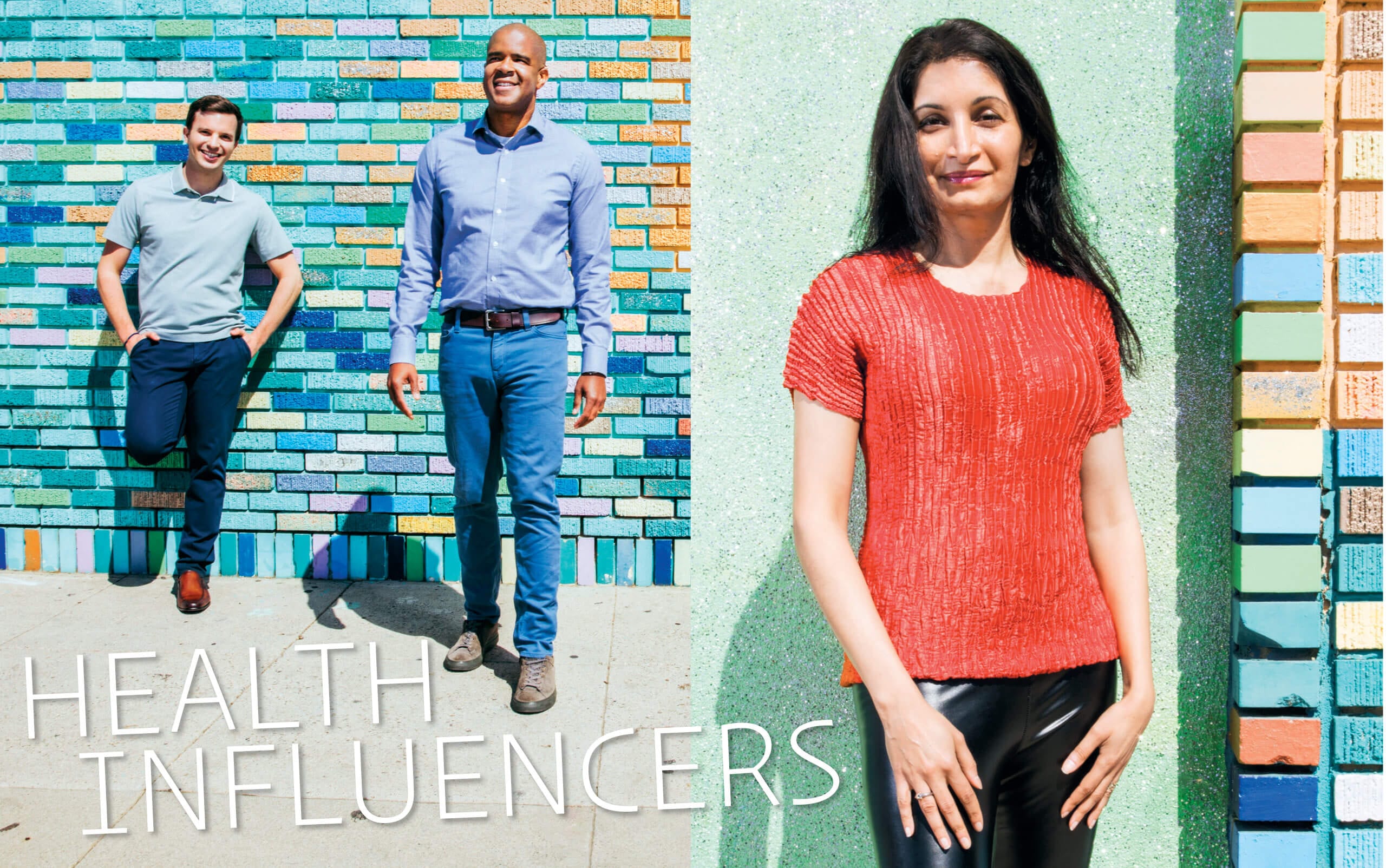Haas alumni accelerate healthcare’s future
For 200 years, the stethoscope has been the workhorse of physical exams. But a stethoscope is only as good as the human ear listening to it. How could it be adapted for the digital age? wondered Jason Bellet, BS 14, and two Berkeley friends: Connor Landgraf, BS 13, MEng 14 (bioengineering), and Tyler Crouch, BS 14 (mechanical engineering).
In 2013, the trio co-founded Eko Devices and, with support from Berkeley’s SkyDeck Accelerator Program, developed a $349 stethoscope that can amplify heart and lung sounds 40 times better than its analog cousin. Connected software generates sound waveforms and electrocardiograms that allow some 80,000 clinicians to “see what they hear” and share recordings as needed. Last fall, the Oakland-based company, with 115 employees, closed on $65 million in Series C funding and partnered with AstraZeneca to develop new screening tools.
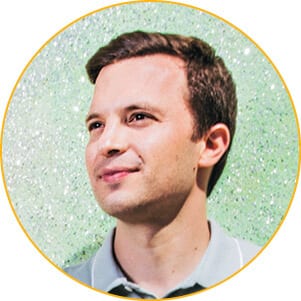
“Heart disease is the No. 1 killer worldwide, and there are millions of people with undiagnosed cardiac problems that can now be detected with greater accuracy in 45 seconds during a routine checkup,” says Bellet (shown right). Early last year, the FDA cleared Eko’s algorithm for detecting heart murmurs and atrial fibrillation; a separate algorithm received an FDA emergency use authorization to help clinicians detect a weak heart pump in COVID-19 patients, an especially high-risk group.
Today, Eko is more than a device maker. It’s a software and data-science company aiming to develop artificial intelligence-powered screening tools that can detect a range of health conditions in 60 seconds during a routine checkup, says Bellet. His team is also building a virtual primary care platform.
Haas community healthcare innovations like Eko are booming. From startups to Fortune 500 companies, venture capital firms to nonprofits, alumni are leading monumental shifts in healthcare—often backed by huge sums of money. Some entrepreneurs, like Bellet, are focused on improving preventative care and disease diagnosis or helping to develop new drugs and treatments. Others are working to streamline features of healthcare that often hinder innovation: payment models, organizational structures, and regulations. In interviews, Haas alumni reveal a shared mission: to make medical care—a $3.8 trillion business in the U.S. in 2019, according to the Centers for Medicare & Medicaid Services—more affordable, accessible, and scalable.
Using ‘real-world’ data
In Ohio’s Montgomery County, death rates from opioid overdoses have been among the nation’s highest and are surging anew amid the pandemic. It’s also the test site for an ambitious effort by Alphabet-owned Verily Life Sciences to reinvent addiction treatment and recovery. Called OneFifteen—named for the country’s average daily opioid death rate of 115 people in 2017—it features state-of-the-art medical and residential facilities on a 4.5-acre campus in Dayton.
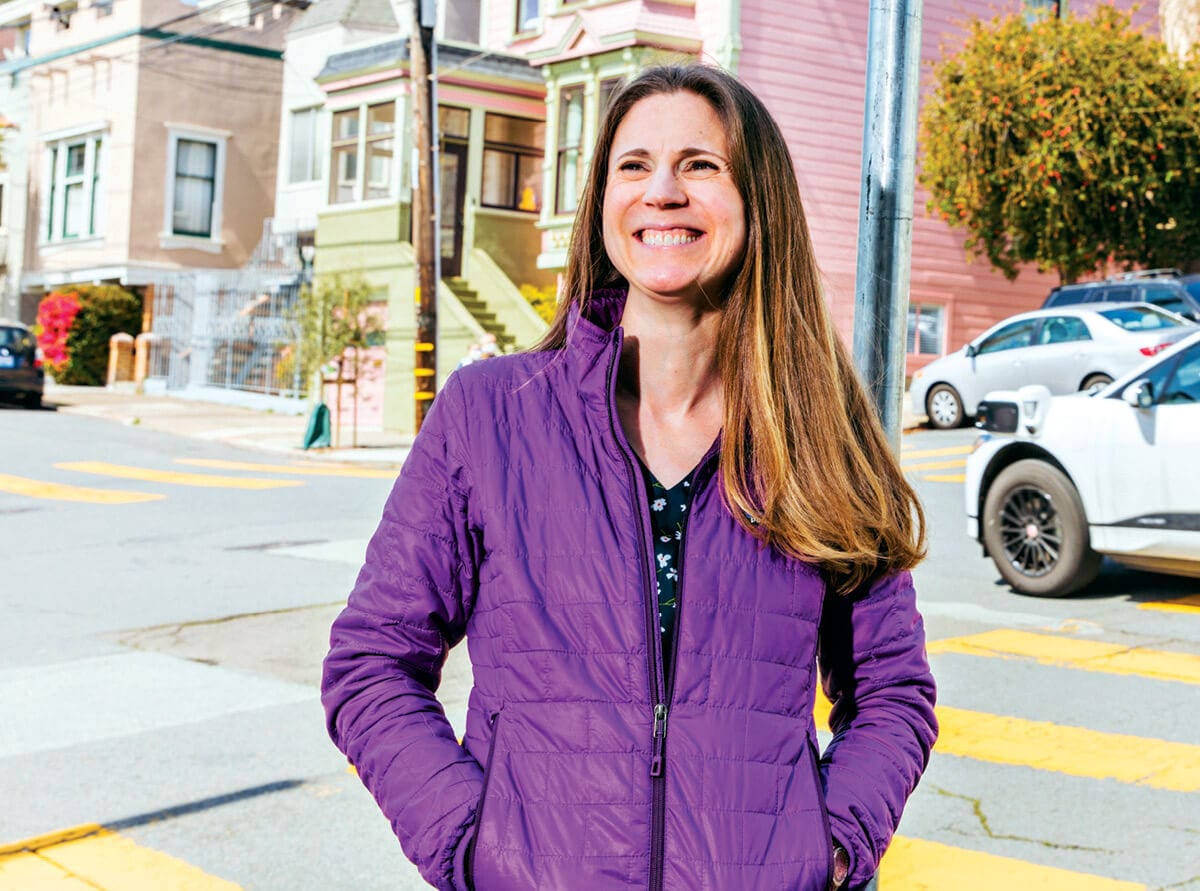
Treating substance abuse, with its sky-high relapse rates, is difficult for many reasons, says Rebecca Messing Haigler, MBA/MPH 09, Verily’s health economics lead and recently announced chief development officer of portfolio company Onduo. Doctors lack high-quality information about how different patients respond to various treatments, and little or no coordination exists among clinicians, communities, and families. Payment models are also broken, she says. Patients don’t receive the comprehensive care they need in part because insurers typically pay for services up front—not based on outcomes.
OneFifteen’s model, which Messing Haigler helped design, relies on a comprehensive care continuum powered by a technology infrastructure that enables better data collection throughout the treatment and recovery process, from data sources including state and county programs, mobile apps, family surveys, employer updates, and the criminal justice system, among others.
“When patients fall off the radar, we can find out what happened from families or the community or if they showed up for work from employers,” says Messing Haigler. This could lead to improvements in treatment and at a faster rate.
Messing Haigler is describing a relatively new phenomenon in healthcare known as “real-world” data. The term essentially refers to the multitude of health-related information generated outside of a doctor’s office. Think voluntary user health surveys, fitness trackers—even insurance claims. Verily’s mission is to combine this data (with member consent and rigorous privacy policies) with machine learning to better prevent, detect, and manage diseases. For Messing Haigler, it also means developing new economic models, including payment structures based on successful patient outcomes.
When patients fall off the radar, we can find out what happened from families or the community or if they showed up for work from employers.
Real-world data is a byproduct of the booming digital health market. Seed fund Rock Health estimates that venture capitalists poured a record $14 billion last year into U.S. digital health companies, a 72% jump from the previous peak in 2018. McKinsey & Company valued the global digital health market at $350 billion in 2019—before the pandemic.
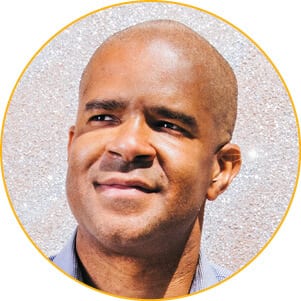 Terrell Baptiste, MBA 20 (shown right), thinks about real-world data and its promise in another context: clinical drug trials. Last year, he joined Gilead Sciences as a senior manager to identify ways the pharmaceutical company can use information from nontraditional sources to speed the development and approval of new cancer drugs. A 2016 federal law mandated that the FDA incorporate data from outside traditional clinical trials into its approval process for pre-market pharmaceuticals. It’s early days for the FDA-developed framework for using real-world data, but the impact will be revolutionary: Trials can take eight years or more to conduct and are limited in scope because they depend on volunteers—who are often white, educated, and retired.
Terrell Baptiste, MBA 20 (shown right), thinks about real-world data and its promise in another context: clinical drug trials. Last year, he joined Gilead Sciences as a senior manager to identify ways the pharmaceutical company can use information from nontraditional sources to speed the development and approval of new cancer drugs. A 2016 federal law mandated that the FDA incorporate data from outside traditional clinical trials into its approval process for pre-market pharmaceuticals. It’s early days for the FDA-developed framework for using real-world data, but the impact will be revolutionary: Trials can take eight years or more to conduct and are limited in scope because they depend on volunteers—who are often white, educated, and retired.
With the combination of real-world data and digital health technologies, such as smartphones, clinical-trial volunteers could participate from home, allowing for more frequent monitoring of a possible treatment and thus faster discoveries. FDA regulators could also monitor a drug’s effects over a longer period of time.
For Baptiste, using real-world data in clinical trials has another crucial advantage. Marginalized paitients—often an afterthought in healthcare generally, and drug development specifically—can participate in studies and benefit from new ways of working that have arisen from the pandemic.
“Clinical trials measure effectiveness at a specific point in time and for a patient population who may not be the only ones actually benefiting from it,” says Baptiste, whose work includes volunteer research on behalf of sickle cell disease patients, the majority of whom are African American. “Real-world evidence attempts to fill the large gaps in knowledge about who could benefit from a new treatment. I’m hopeful this will help usher in more effective, realistic, and diverse ways to conduct clinical trial research.”
Closing gaps in care
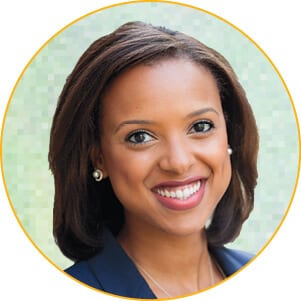 Lauren Dugard Thomas, MBA/MPH 17 (shown left), works to address health inequities by improving the innovation process itself. At Blue Shield of California, where she’s a senior manager in enterprise innovation, she empowers all employees to generate entrepreneurial solutions, like with internal design challenges à la Shark Tank. She also ensures that underserved populations are factored into every business decision, big or small.
Lauren Dugard Thomas, MBA/MPH 17 (shown left), works to address health inequities by improving the innovation process itself. At Blue Shield of California, where she’s a senior manager in enterprise innovation, she empowers all employees to generate entrepreneurial solutions, like with internal design challenges à la Shark Tank. She also ensures that underserved populations are factored into every business decision, big or small.
Dugard Thomas says that for companies committed to reducing inequities, “the first step is educating internal decision makers about disparities and making it clear that maintaining the status quo will only widen the gaps.”
Since the increase in national awareness of racial injustice last summer, she’s seen a spike in LinkedIn job listings for experts in social determinants of health. Even so, Dugard Thomas says real change goes beyond budgets and head counts.
“It’s about the mindset, expectations, and practices of leaders at all levels of the organization,” she says. “Do you want to include more Black and brown individuals in program design? Great. How are you incentivizing that from a leadership standpoint?”
Supercharging blood tests
Colorectal cancer is the second-leading cause of cancer deaths in the U.S., yet one-third of adults age 50 to 75 don’t get screened, according to the Centers for Disease Control (CDC). Newer tests using stool samples collected at home haven’t changed this.
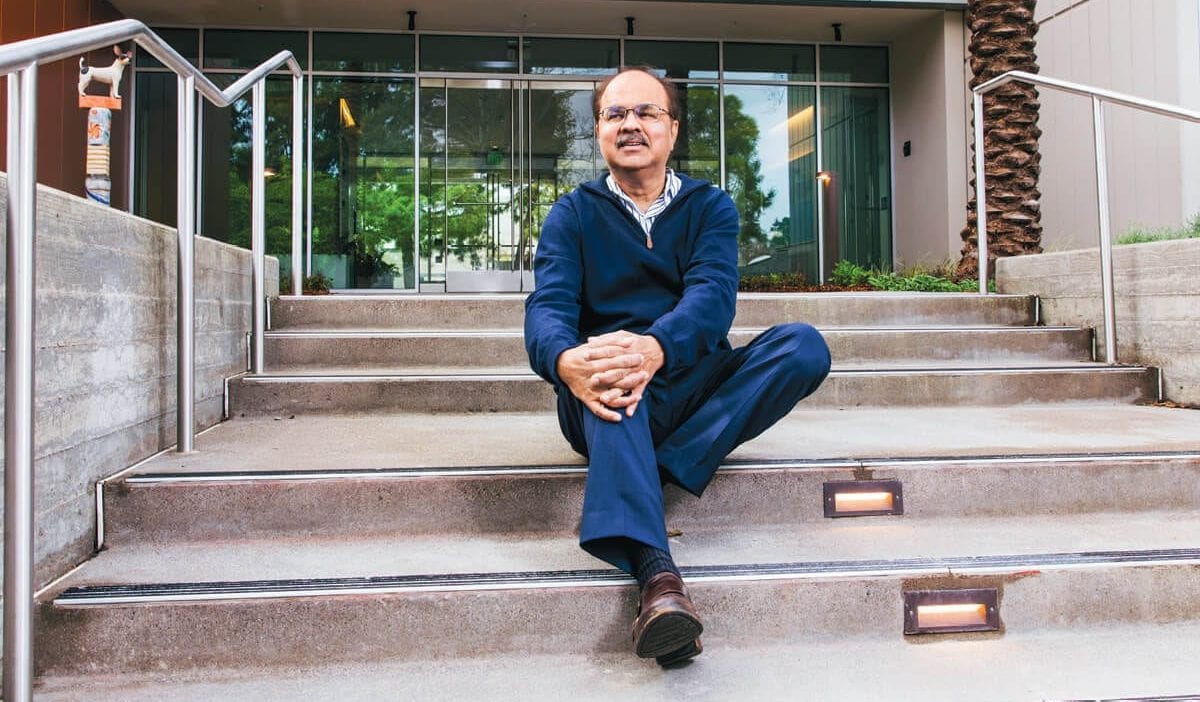
Atul Sharan, MBA 91, has a solution. His company, CellMax Life, has developed what he says is the first blood test for preventive screening for colon cancer—one that, according to a recent study conducted at Stanford’s Veterans Affairs Palo Alto Health Care System, successfully detects pre-cancerous polyps. It works by searching for extremely rare abnormal dysplastic epithelial cells and tiny traces of DNA that tumors shed. Other tests based on the company’s technology are already sold in Asia. CellMax plans to seek FDA approval before introducing the screening to the U.S. next year.
I’m hopeful [real-world evidence methods] will help usher in more effective, realistic, and diverse ways to conduct clinical trial research.
“The only real cure for cancer is early detection,” says Sharan, who started CellMax Life nearly a decade ago after his mother was diagnosed with late-stage, untreatable cancer and his wife with a malignant breast tumor shortly after being cleared by a negative mammogram. His company, which has raised more than $50 million, is part of a growing market for non-invasive “liquid biopsies” that use advanced genomic sequencing and machine learning to identify diseases and potentially tailor treatments to individuals. Bill Gates and Jeff Bezos, for example, poured over $100 million into liquid-biopsy company Grail, which sold last year for $8 billion.
Reinventing autism care
One in 54 children in the U.S. were diagnosed with autism in 2016, according to the CDC. Twenty years ago, it was just one in 150. No surprise, then, that waitlists for therapy can run up to six months.
Soaring demand for autism care isn’t the only problem, says Jia Jia Ye, MBA/MPH 11. Kids often need multiple forms of therapy—behavioral, speech, and physical—for up to 30 hours a week. Specialists often work independently, making it time-consuming and frustrating for parents to coordinate care and navigate labyrinthine insurance rules.
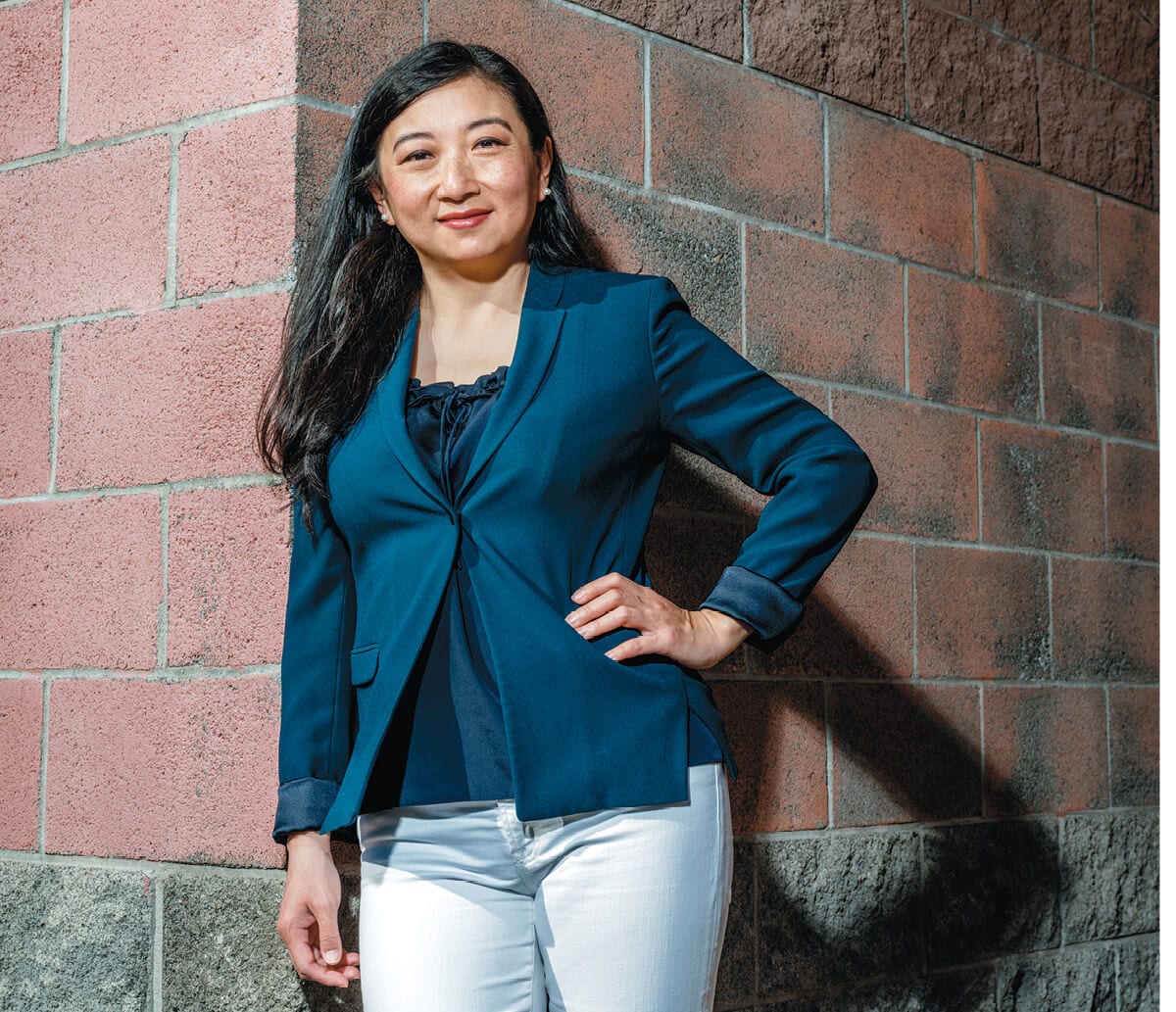
Ye’s groundbreaking solution is to combine expertise and payments at a single locale. A year ago, she co-founded Springtide Child Development with $18 million in Series A funding. Now with three clinics—two in Connecticut and one opening this summer in Massachusetts—the startup employs specialists from across disciplines, coordinates appointments, and handles insurance claims. Ye says consolidation enables an unprecedented degree of standardization in care.
Just as important: Ye and her team can quantify patient progress, which smaller operations can’t do for lack of money and data. “When you take an interdisciplinary approach to autism treatment, you see rapid improvement in kids’ progress,” says Ye. “And you can show it through consistent outcome metrics at all levels of care.”
Advancing women’s health
For Amy Fan, MBA/MPH 19, improving care is about making birth control more accessible and affordable for U.S. women—especially the 60% who are on Medicaid, uninsured, or underinsured—to get birth control. She co-founded Twentyeight Health in late 2018 to offer online reproductive services.
When you take an inter-disciplinary approach to autism treatment, you see rapid improvement in kids’ progress.
Her model is straightforward: Women complete an evaluation with a board-certified physician via a combination of asynchronous and live telemedicine—including phone and direct message—for a prescription for birth control pills, rings, patches, or shots. A monthly supply of pills starts at $18; for insured women, only co-pay fees (typically $0) apply. Twentyeight Health is the only online reproductive platform focused on underserved women, and it’s often the only player accepting Medicaid in the states where it’s active. It also partners with Bedsider’s Contraceptive Access Fund to provide a year of free birth control for uninsured women.
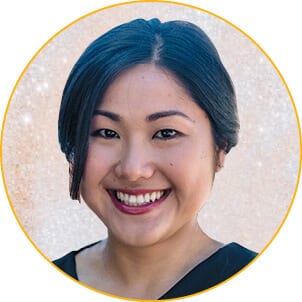
Twentyeight Health’s expansion has been gradual as the company navigates state-by-state Medicaid rules, but today, the company operates in nine states, including New York, North Carolina, and Florida. Last fall, the startup landed $5.1 million in seed funding.
“So much of healthcare is focused on people with a high ability to pay,” says Fan (shown right). “For low-income patients, and for women of color especially, we put so many burdens on them without trying to understand how we can make it easier for them to access healthcare.”
Powering innovation
Fan attributes much of Twentyeight Health’s success to networks of healthcare insiders—within Haas and beyond—who have offered advice and opened doors.
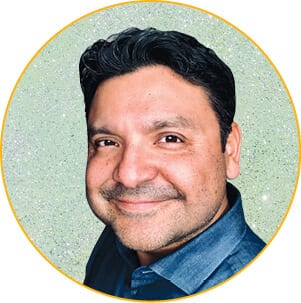 They include Juan José Orellana, BS 95 (shown left), a Los Angeles-based strategy consultant who’s held senior roles within startups and the Fortune 200 company Molina Healthcare. He helped Fan explore the potential of expanding Twentyeight Health through partnerships with payers and providers.
They include Juan José Orellana, BS 95 (shown left), a Los Angeles-based strategy consultant who’s held senior roles within startups and the Fortune 200 company Molina Healthcare. He helped Fan explore the potential of expanding Twentyeight Health through partnerships with payers and providers.
“To innovate in healthcare, you need to be part of an ecosystem,” Orellana says. “You need to be able to tap into a value network that can facilitate collaboration, accelerate learning, and provide matchmaking for your organization’s needs and offerings.”
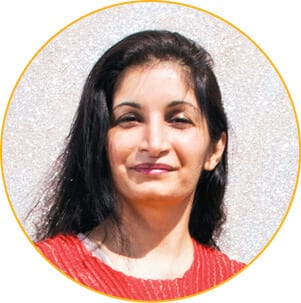 Indu Subaiya, MBA 06 (shown right), has made a career out of fostering ecosystems in healthcare. First as a co-founder of Health 2.0 and now as president of Catalyst @ Health 2.0, she’s organized conferences, open-innovation challenges, and pilot programs to introduce new ideas to deep-pocketed stakeholders. Too often, she says, healthcare entrepreneurs can’t get the traction to scale up. “My primary mission is to introduce groundbreaking technology to the world,” she says.
Indu Subaiya, MBA 06 (shown right), has made a career out of fostering ecosystems in healthcare. First as a co-founder of Health 2.0 and now as president of Catalyst @ Health 2.0, she’s organized conferences, open-innovation challenges, and pilot programs to introduce new ideas to deep-pocketed stakeholders. Too often, she says, healthcare entrepreneurs can’t get the traction to scale up. “My primary mission is to introduce groundbreaking technology to the world,” she says.
In the last 15 years, Subaiya’s conference platform has debuted hundreds of startups, including Teladoc, a big provider of telehealth services, and Livongo Health, which helps patients manage diseases digitally. Last year, Teladoc bought Livongo for $18.5 billion. She and her team have also coordinated more than 90 contests, with $9 million in total prize money.
One competition, worth $100,000, drew scientists from 18 countries in a race to build a better COVID outbreak prediction model using government data and millions of Facebook user surveys tracking virus symptoms. The CDC has incorporated the winning model, developed by a Georgia Tech team, into its pandemic forecasting—and found it to be among the top five most accurate prediction tools. “That’s a phenomenal example of open innovation,” says Subaiya.
Innovation, accessibility, scaling up—just as in medicine, different balms can help to heal our healthcare system. And the Berkeley Haas community is shaping countless paths to greater wellness for everyone.
